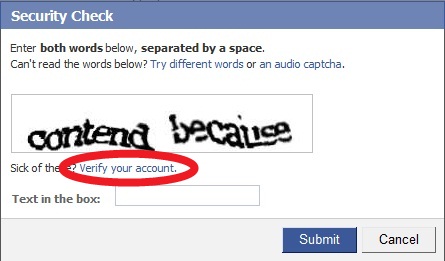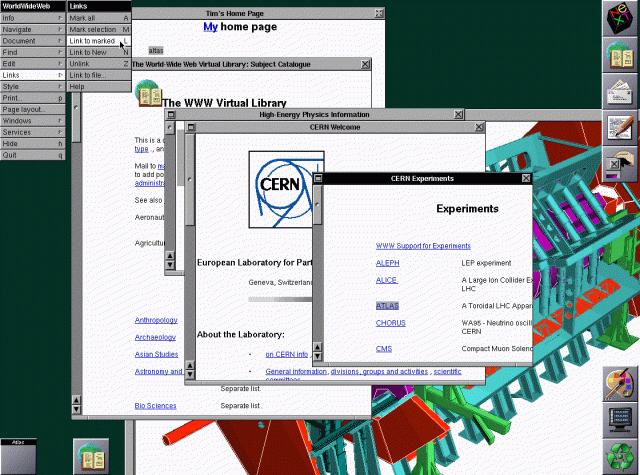I’m not gonna lie, I feel the last couple chapters have a lot of overlapping information and now looking back, I’ve probably made some statements that would have been a better fit on a different blog. Regardless, it’s all coming from the same book and ending on the same blog so I will continue my thoughts and audio and podcasts in this one!
This chapter talks about itunes and audio sharing. I will confess that I had once been a user of Limewire until I knew all the problems and implications it encountered. From that point forward, I have switched to itunes and must say the increase from 99 cents to $1.29 has made quite a significant impact on my purchasing decisions. I know, what’s 30 cents right? But I am one of those people who only gets on about once a month to download new music all at once and those extra cents add up. I seriously made a conscience decision if I really think I’ll listen to the song before purchasing it opposed to the click-happy-fingers I had in the 99 cent days! I really hope this is not like the gas world and prices will continue to rise over the years… Errrrrr 😦
I also use my phone as an MP3 player. I find this extremely beneficial when going on runs outside. Yes, I have an ipod but by using my cell phone, I also have a phone to make an emergency call if needed so I view it as the best of both (safe) worlds!
Along with my iTunes and audio sharing, I’m also a big user of the iMovie application on my MacBook Pro. I’ve never taken a class outside of the couple days we spent in Avid, but being a huge fan of photography, adding pictures to music brings the experience to a whole new dimension due to the addition of another sense (hearing). I’ve even offered to make my brother’s wedding video to be shown at the reception. (What was I thinking being the perfectionist that I am, knowing this will take hours and it has to be perfect because everyone will know I did it!?) Well, not only will it be one of the most personal projects I’ve done and the most time consuming, but it’ll be great to add in my portfolio that might lead Graphic Fruition with the opportunity of doing more wedding videos in the years ahead. Here is an iMovie that I did for Scarlet Guard’s End-of-the-Year party last Spring. I will warn you it’s 12 minutes long, but a great showcase and recruiting piece of what our student organization is all about. Plus, I think it turned out pretty cool! Enjoy!




